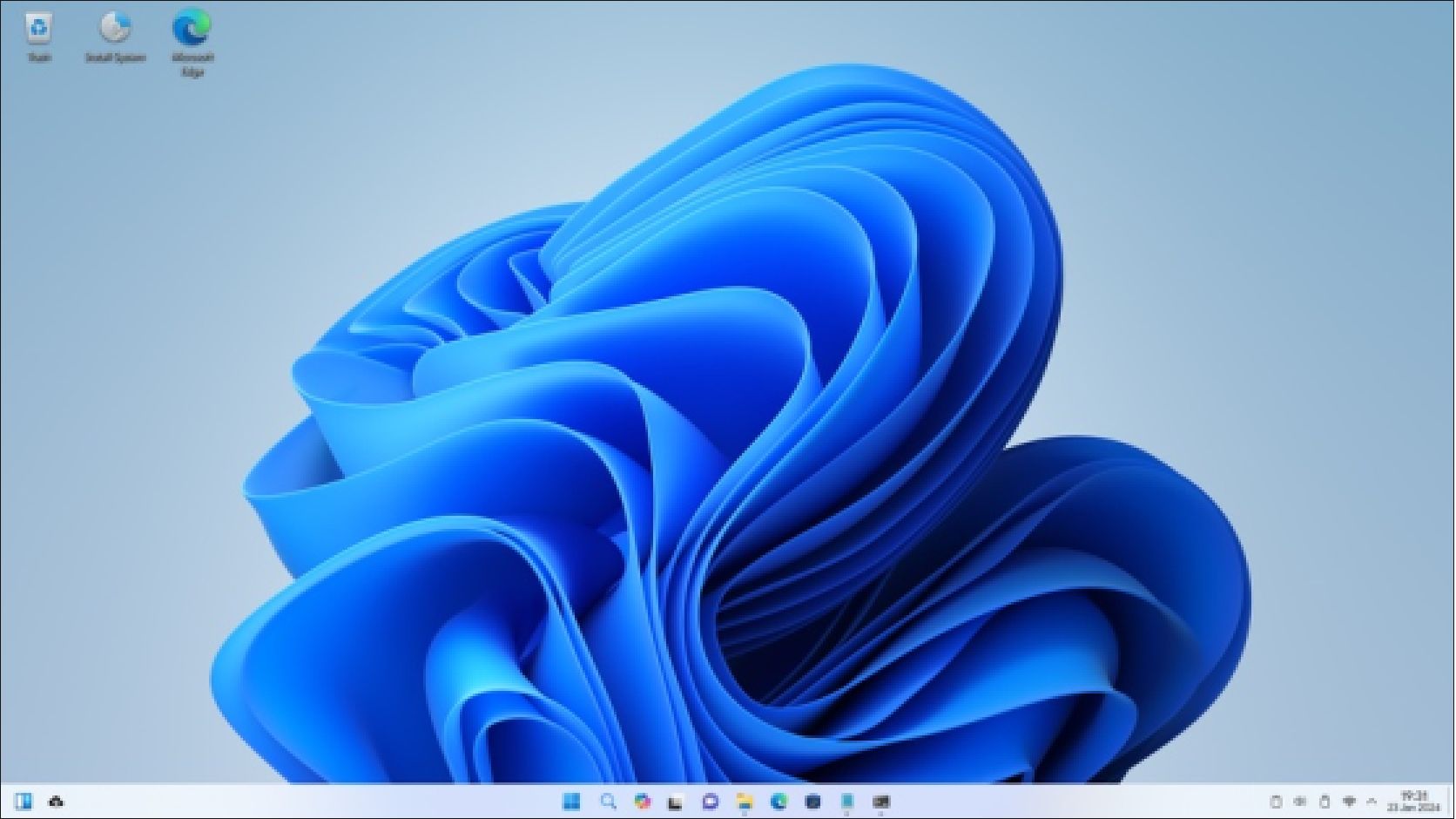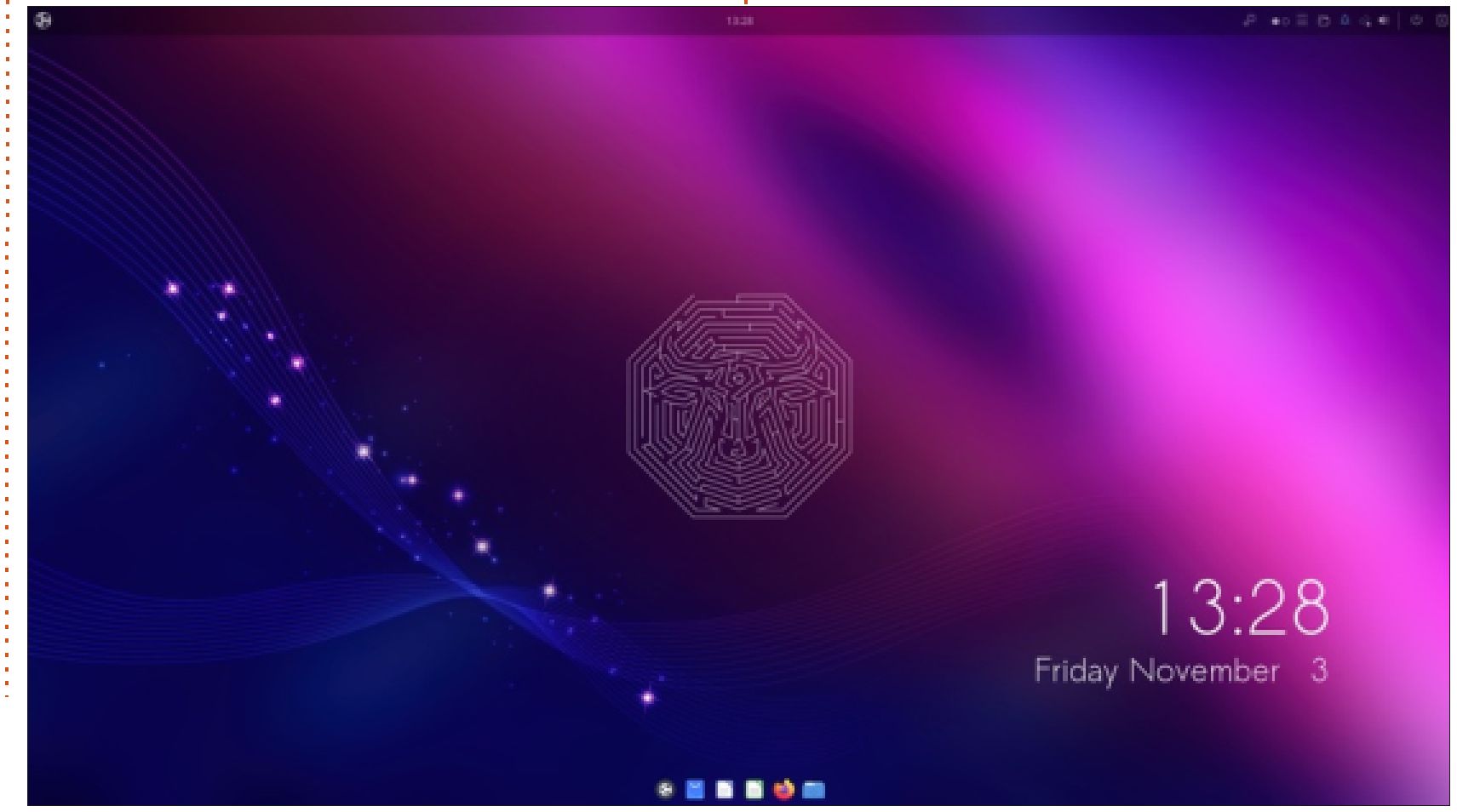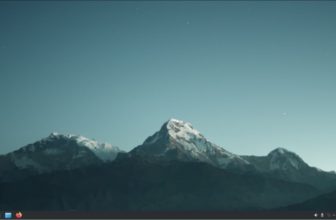Tiny Core Linux 14 Review
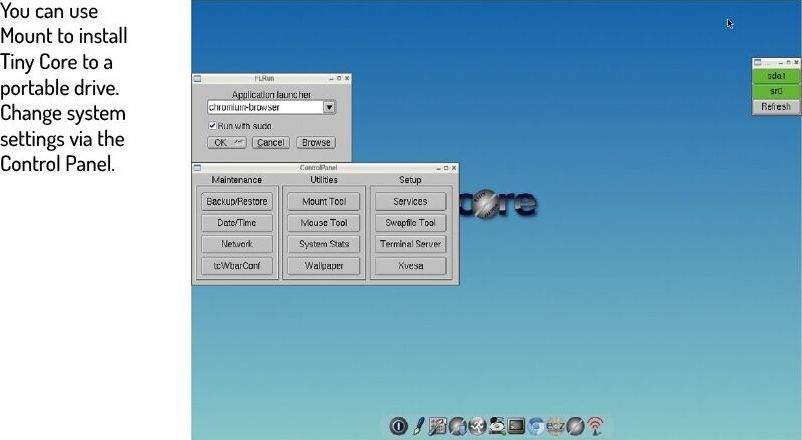
Hold on tight as Nate Drake dares to embark on a white-knuckle ride on the stripped-down Tiny Core Linux! Read our Tiny Core Linux 14 Review.
IN BRIEF
Tiny Core has zero bloat and is amazingly fast, loading directly into RAM. The learning curve is fairly gentle thanks to the minimalist interface and level of online support.
SPECS
CPU: 33MHz (450MHz recommended) Mem: 46MB (128MB recommended) HDD: 300MB Builds: x86_64, ARM64
Our DVD player doesn’t need to print. Your thermostat doesn’t need to browse the web. The Core project is here to provide you a base to build on, one that includes nothing unnecessary.
So it is written on the back of Into the Core by the creators of Tiny Core Linux. If this isn’t enough of a giveaway, the underlying concept behind this original distro is to let you build your operating system your way.
This stripped-down approach is taken seriously -Tiny Core doesn’t even come bundled with a web browser or word processor but you can install them easily enough using one of the few built-in apps.
Instead of installing programs into the system file space, Tiny Core uses program ‘extensions’ that are re-prepared at each reboot. The RAM footprint is so small (around 50MB) that provided you have enough memory, you can even download and run apps like office suites and media players directly from RAM, too.
There are three main flavours of Tiny Core, depending on how much you need your hand held. The lightest is Core, weighing in at just 11MB, which comes without a graphical desktop – but you can always add one.
If that’s too intimidating, you can try Tiny Core, which is only 16MB and offers FLTK or FLWM graphical desktop environments. This was the version we tested.
CorePlus is a hefty 260MB. This is an installer rather than the distro itself but it offers a choice of lightweight window managers such as IceWM and FluxBox. It also includes support for Wi-Fi and non-US keyboards.
The default method for installation is Frugal, whereby all system data is stored in two files, whose location is specified by the bootloader. Any user files and extensions are stored outside the base OS.
The bundled apps are equally minimalist but are well selected. Editor is an extremely basic text editor, which you’ll want to upgrade on your first boot. It can be useful for editing system configuration files, though.
The Control Panel is to tweak anything and everything about the system. Again, the options are limited to the essentials, such as changing the date and mouse settings, as well as configuring your monitor’s resolution. If you’re a fan of widescreen, you’ll be disappointed, as Tiny Core only seems to support classic 4:3 resolutions.

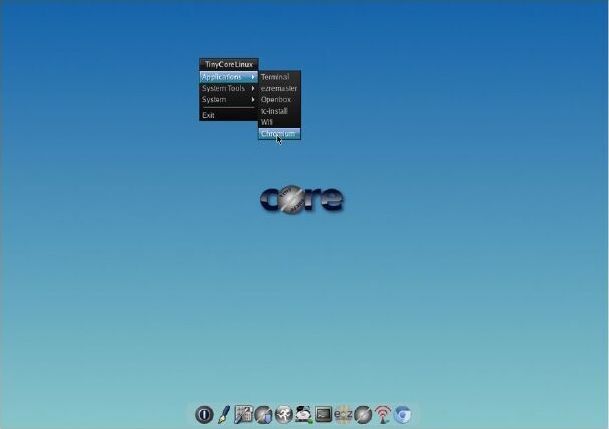
Nothing to see here: the default desktop is incredibly spartan but you can add wallpaper, apps and other Features.
On first run, the Apps utility automatically picks the closest mirror to you. Again, the interface is minimalist but allows you to search for apps (or extensions, as they’re known here) to add, such as a web browser.
Once an app is installed, you can launch it from the Run Apps icon in the dock or by right-clicking anywhere on the desktop to launch via the Applications menu.
The integrated Mount tool enables you to install applications to a USB stick if you wish. You can also create a USB-bootable version of Tiny Core. If you find after extensive configuration that you have Tiny Core just the way you want it, you can even use the Ezremaster tool to create a custom ISO of the distro.
Since the interface is spartan there’s little to go wrong but help is available via the website, which offers a free download of the Core book, as well as a comprehensive overview, FAQ and thriving community forum.
Without a doubt, Tiny Core is the fastest and most original distro we’ve ever reviewed. There’s absolutely zero bloat and it’s also eminently portable.
VERDICT
DEVELOPER: Team Tiny Core WEB: http://tinycorelinux.net LICENCE: GNU GPLv2
» Rating 8/10
Tiny Core can transform your Linux into a lightning bolt, provided you have the time to configure it to your needs.


